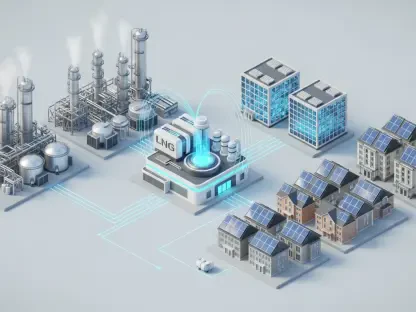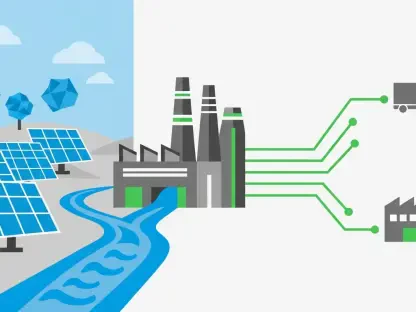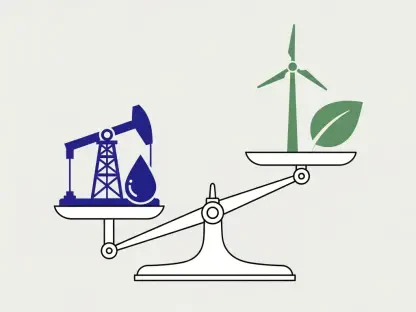The European Union’s (EU) electrification rate has stagnated for over a decade at 23%, presenting significant challenges for its decarbonization and industrial competitiveness goals. This figure comes despite major strides in clean energy generation and a 50% reduction in emissions by the EU power sector since 2008. In stark contrast, China has consistently increased its electrification rate, boosting it by 7% since 2015. As the EU grapples with this issue, a comprehensive strategy is needed to leverage electrification’s full potential for a sustainable and competitive future. According to Eurelectric, a prominent trade body, the situation demands urgent attention, particularly given the evolving global energy landscape.
The Decline in Electricity Demand and Its Implications
Recent data from Eurelectric’s Power Barometer 2024 reveals that three-quarters of the EU’s electricity production in the current year came from clean energy sources. Despite this achievement, electricity demand has markedly decreased by 7.5% from 2022 to 2023. This decline is largely attributed to industrial shutdowns and companies relocating outside Europe amid the energy crisis. The decrease in demand poses significant risks, as prolonged periods of negative electricity prices threaten to deter future investments in clean energy. This complex backdrop underscores the need for a robust strategy to capitalize on electrification as a cornerstone of the EU’s decarbonization and industrial future.
Price volatility adds another layer of concern for the EU power sector. Since August 2024, there have been 1,031 hours when electricity prices fell below zero in at least one bidding zone within the EU, primarily during solar energy peaks. Such occurrences force power producers to pay to supply electricity to the grid, creating financial strain and undermining the economic feasibility of new renewable investments. These challenges necessitate not just short-term solutions but also long-term strategies to stabilize prices and maintain investor confidence. Eurelectric argues that enhancing electricity demand and fostering a comprehensive electrification strategy could be the key to navigating these disruptions effectively.
Potential Solutions and the Role of Policymakers
The unexpected drop in negative electricity prices might paradoxically offer a pathway for systemic solutions like improved energy storage and flexible grid infrastructure. Yet, such measures alone can’t address the underlying issue of stagnant demand. Eurelectric advocates for a focused approach where bolstering electricity demand becomes the cornerstone of tackling price volatility and ensuring profitability for power producers. Policymakers must play a pivotal role by embracing and implementing the Green Deal, which could provide the necessary framework for a market-compatible investment landscape.
Another key challenge lies in recognizing and utilizing the untapped potential for further electrification in various industrial sectors. With existing technologies providing ample opportunities, a targeted strategy could create a significant uptick in electrification rates. Eurelectric stresses the need for policymakers to develop and enforce a clear electrification roadmap that aligns with these goals. By fostering an environment conducive to investment and innovation, it becomes possible to enhance industrial electrification rates, restarting the stalled progress toward a competitive and decarbonized European industry.
The Path Forward: Integration and Execution
The European Union (EU) has faced a stagnation in its electrification rate, holding steady at 23% for over a decade. This is a significant hurdle for the EU’s goals in decarbonization and industrial competitiveness. Despite notable advancements in clean energy production and achieving a 50% reduction in emissions by the power sector since 2008, the EU’s electrification rate hasn’t budged. In contrast, China has made considerable progress, raising its electrification rate by 7% since 2015. The EU is now at a critical juncture, needing a comprehensive strategy to fully exploit the potential of electrification for a sustainable and competitive future. According to Eurelectric, a leading trade association, this issue requires immediate attention, especially given the rapidly changing global energy landscape. The EU must take decisive action to catch up and ensure its energy policies are future-proof, aligning with both environmental goals and industrial needs. As global leaders continue to evolve, the EU’s resolve in addressing this challenge will be pivotal.









